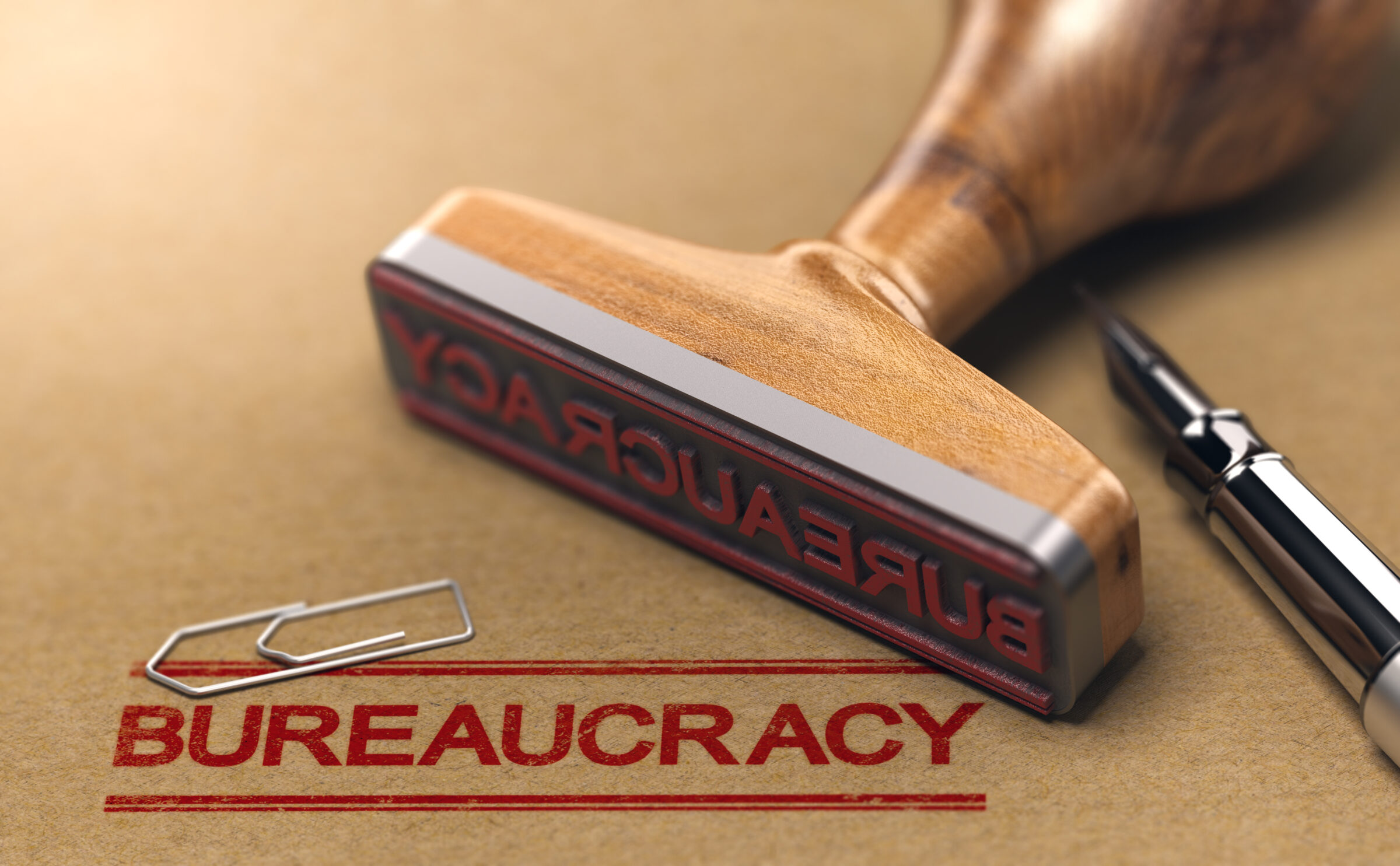There’s a possibility that some public schools spend more than necessary. Though that sort of blasphemy is rarely discussed in polite company, the rampant overspending is getting harder to ignore. Even the Wichita Eagle picked up part of the story.
In an June 5 article, “Flashy activity buses in Kansas: too cool for school,” a reporter took note of a Kris Van Meteren Facebook post. Van Meteren, a political strategist owner of Singularis, wrote, “I was at the state high school track meet today in Wichita. How is it that a town in North Central Kansas with a population of 359 people can afford a Greyhound-type bus for their students? I’m not talking about renting or chartering one to haul their kids to state, but actually owning one with the school’s name and logo plastered on the side…The Wichita State parking lot was littered with these luxury liner buses today, many of them with the school mascots and names on them.”
Van Meteren’s May 27 public post earned 51 shares. It continued, “How are we supposed to believe, as the schools’ professional, paid lobbying corps would have us believe, that schools are starving and that taxes need to be raised by massive amounts when we see things like this?…No room to cut? Nonsense.”
The optics come at a time when the Kansas Legislature just approved massive tax hikes for Kansas families.
“All of that money comes from one source,” he said. “It comes out of taxpayers’ pockets. To me, it’s a money management problem when (school districts) say they can’t afford paper and erasers and the other things they need when they’ve got these buses over here.”
School officials told the Eagle that Van Meteren’s ire is misplaced. One district said its bus has 1.5 million miles on it.
“I’m glad they’re squeezing every last mile of use out of it. That parking lot was littered with those buses,” he said.
He said everyone has an excuse why their bus is a good investment.
“But people get tired. I know I get tired hearing the constant excuses from school districts why they can’t live within their means,” he said.
Meanwhile, Kansas Policy Institute reported June 4 that 79 Kansas public school districts added staff members despite losing student population. The offending districts include the Hutchinson School District, one of the districts that recently spent money to sue the state for more money, and Kansas City, Kansas, which uses public money to paid its lobbyist $134,689 last year. The KCK district added almost two new employees for every student it lost.
Dave Trabert, President of Kansas Policy Institute, said public school enrollment declined for the last two years. Last year, enrollment declined by 1,900 full-time equivalent students.
“And of course, that flies in the face of we’re poor, broke and don’t have any money,” Dave Trabert said.
Kansas school districts also set a record for debt in 2015-2016 school year. Debt service payments jumped 98 percent in the last 11 years, from $286 million in 2005 to $567 million in 2016. That includes $5.2 billion in new debt issued by 149 districts last year.
Trabert said under the old school funding formula–and included in current school funding proposals the legislature is considering–poor districts receive additional state funding for

bond and interest payments. Districts must ask their own voters to add new debt, but that debt is subsidized by the rest of the state in most cases. Twelve of the 15 top debt issuers are subsidized.
“They don’t get to vote on it. It’s taxation without representation,” Trabert said.
Had bond and interest state aid remained flat since 2005, school districts would have had $659 million more available for instruction in the last 10 years.
“But we issue bonds like drunken sailors,” Trabert said.


